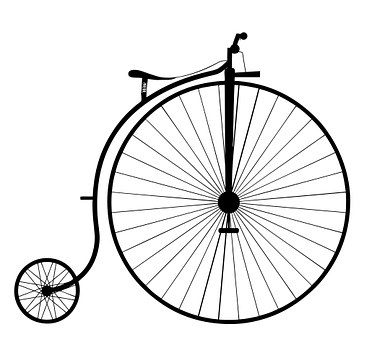I have an ideal match with this image of my brother, who in the 1980's had a part share in a light aircraft and secured his pilot's licence.
***********
The control panel of my granddaughter's toy supermarket till fascinates her - with its buttons, slot for swiping payment card, zapper for swiping bar codes, and a little microphone for calling for help - great fun for pretend play!
*********
As for dials, who remembers the black, heavy old fashioned telephone. where you dialed the number?

Image - Pixabay
And what about that symbol of Britain - the red public telephone boxes ?

Image - Pixabay
I have vague memories of the old system where you put your money in, (one or two pennies), dialed the number, pressed buttoned A to get connected and pressed button B to get your money back if the connection failed - always worth pressing this to see if someone had forgotten to pick up their refund coins. The operator would cut in to tell you when your money was running out, or impatient people knocked on the window if you were too long on the phone.
A family heirloom of sorts - a favourite toy of my daughter and, after a sojourn in the loft, now of my granddaughter - the pull along Fischer Price Telephone . It still gives pleasure, though it has lost the paper with the numbers below the dials.
**********
Sepia Saturday gives an opportunity for genealogy bloggers
to share their family history and memories through photographs.

Click HERE to read other bloggers thoughts on control.






































